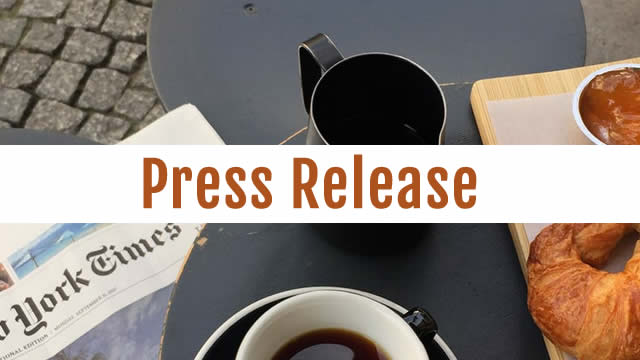Navigating Uncertainty: Consumer Staples Stocks as Portfolio Hedges in a Stagflationary Environment
The recent announcement by President Trump declaring “Liberation Day” for certain states, coupled with the ongoing trade tensions, has sent shockwaves through the financial markets. The S&P 500 experienced its worst day since June 2020, with only a handful of stocks managing to eke out gains. Amidst this turmoil, the specter of stagflation and recession looms large.
Stagflation, a term coined in the 1970s, refers to an economic condition characterized by stagnant economic growth, high inflation, and high unemployment. This environment poses a unique challenge for investors, as traditional safe havens like bonds may not offer sufficient protection against inflation, while stocks could be negatively impacted by both economic weakness and rising prices.
Consumer Staples: A Potential Hedge
In times of economic uncertainty, consumer staples companies often emerge as attractive investments. These businesses sell essential goods and services that consumers require regardless of economic conditions. As a result, their revenues and profits tend to be more stable than those of cyclical industries.
Sub-segments of Consumer Staples
Let us examine four sub-segments of the consumer staples sector and explore whether relevant stocks could serve as potential portfolio hedges in the current environment:
1. Food and Beverages
Food and beverage companies, such as Kellogg Company (K) and General Mills, Inc. (GIS), produce and sell essential items like cereals, snacks, and beverages. These companies typically enjoy steady demand due to their products’ widespread appeal and the necessity of food for survival. Moreover, their pricing power allows them to pass on some of the inflationary pressures to consumers.
2. Household Products
Household product companies, such as Procter & Gamble Co. (PG) and Clorox Corporation (CLX), manufacture and sell items used for cleaning, personal care, and other household purposes. These companies benefit from their strong brand recognition, which helps maintain consumer loyalty, even during economic downturns. Additionally, their products’ essential nature makes them less susceptible to price elasticity, allowing them to maintain profitability.
3. Tobacco
Tobacco companies, such as Altria Group, Inc. (MO) and Philip Morris International Inc. (PM), sell addictive products that consumers continue to purchase despite economic conditions. These companies’ pricing power and strong brand loyalty make them attractive investments in uncertain economic environments. Moreover, the tobacco industry benefits from regulatory barriers to entry, further securing their market positions.
4. Alcoholic Beverages
Alcoholic beverage companies, such as Anheuser-Busch InBev SA/NV (BUD) and Constellation Brands, Inc. (STZ), sell products that consumers often view as discretionary but are nonetheless essential for many social occasions. While their sales may be more sensitive to economic conditions than other consumer staples, they still offer some degree of protection during times of economic uncertainty. Furthermore, these companies’ global reach and diverse product offerings help mitigate risks associated with local economic downturns.
It is important to note that while these sub-segments of consumer staples may provide some degree of protection during uncertain economic conditions, they are not immune to market volatility. As with any investment, it is crucial to conduct thorough research and consider the specific risks and opportunities associated with each company.
Personal Impact and Global Consequences
The current economic environment poses significant challenges for individuals and businesses alike. For consumers, rising prices and potential job losses could make it more difficult to maintain their standard of living. For businesses, increasing input costs and decreasing demand could lead to lower profits and even bankruptcy.
At the global level, the ongoing trade tensions and the threat of stagflation could lead to a decrease in international trade, negatively impacting countries heavily reliant on exports. Moreover, central banks may be forced to tighten monetary policy to combat inflation, which could further slow economic growth.
Conclusion
In conclusion, the current economic environment, marked by the threat of stagflation and recession, necessitates a cautious investment approach. Consumer staples stocks, particularly those in the food and beverages, household products, tobacco, and alcoholic beverages sub-segments, may provide some degree of protection due to their essential nature and strong brand loyalty. However, it is essential to conduct thorough research and consider the specific risks and opportunities associated with each company before making investment decisions.
For individuals, this period of economic uncertainty may require adjustments to personal budgets and savings plans. Staying informed about economic developments and maintaining a diversified investment portfolio can help mitigate risks and ensure long-term financial stability.





